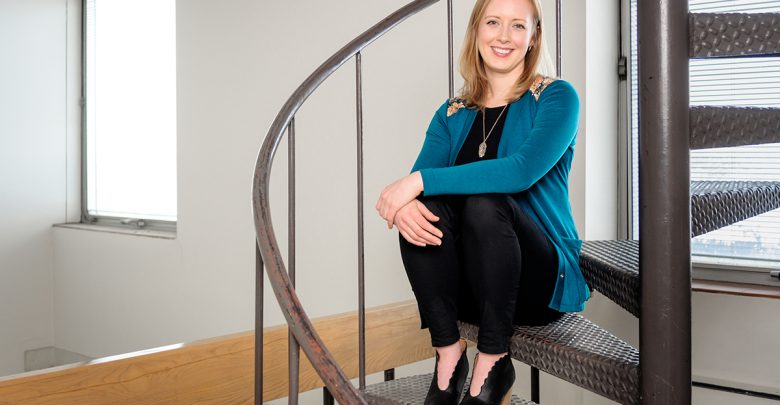 Richard Siemens
Richard SiemensA study from the University of Alberta found that Canadian laws about sex work do not sufficiently take into account the perspectives of sex workers.
In an open-ended study for her dissertation that will be released later this year, Laura Aylsworth, a PhD candidate in the department of sociology, interviewed 25 female sex workers of various gender identities between 2014 and 2015 to learn more about their lived experiences as sex workers. Although Aylsworth did not explicitly ask participants about the nature of their involvement in sex work, she noted many participants felt that policymakers have misguided views of what sex work actually entails.
Aylsworth decided to pursue this research after she first moved to Edmonton from Ottawa in 2010 and noticed many billboards indicating zero tolerance for prostitution. When she tried researching why these billboards were put in place, Aylsworth only found the opinions of city council or community members.
“I could [only] find [opinions] from community members or councils set up by the city to discuss the problem of sex workers,” Aylsworth said. “I noticed that there wasn’t space for the voices of the sex workers themselves, so [I] designed this research [to] figure out what’s going on, but from their perspective.”
Aylsworth said many proposed laws regarding sex work have good intentions but may have unintended consequences. At the time of the study, some participants felt that a proposed law to legalize indoor sex work, in an effort to make sex work safer, would actually harm sex workers because it put constraints on their work.
“One of the things that I asked my participants about was if [indoor sex work] were to be legalized, would they want to move indoors,” Aylsworth said. “Many were uninterested in that option. They indicated that if they were to move indoors, they would be working for somebody else who would now be in control of the conditions of their work.”
Another example of a misguided law, Aylsworth said, includes the 2014 decision by Stephen Harper’s conservative government to prosecute clients and not sex workers. Aylsworth noted that the law actually drove away respectful clients, which resulted in sex workers having to deal with more dangerous people.
“The intention was well thought out,” Aylsworth said. “The consequence of this is that the types of clients that come out when the stakes are higher actually tend to be the less desirable clients.”
Many of these policies are based on myths about sex work. Aylsworth noted that although none of her participants worked with pimps, the public tends to believe that most sex workers are associated with pimps.
Aylsworth also explained that people tend to believe that sex workers are out on the streets 24 hours a day, but there is a lot of variability in terms of the degree of participation in sex work.
“One interesting thing I found through my participants was that their participation really takes place along a diverse spectrum of levels, frequency, and specifics of their involvement,” Aylsworth said. “A lot participate in a really fluid manner, taking on more clients when circumstances dictate it and then also taking breaks when it’s no longer necessary.”
Aylsworth said that lawmakers need to take into account the perspectives of sex workers in order to create better informed laws.
“I think definitely listening and seeking out the insight of those we are are creating the laws to address [is important],” Aylsworth said. “The life experience [of sex workers] alone puts them in an expert status to be discussing how their lives are being impacted and what type of support they need to help make their lives safer.”
A next step in this line of research, Aylsworth believes, is to explicitly examine what people’s involvement in sex work looks like.
“I think that we have this image of who and what a sex worker is and we tend to move forward as academics, policy makers, and community members with this assumption,” said Aylsworth. “What we consider sex work can actually be a small component of that person’s life and it’s important to recognize all the rest of who that person is.”




